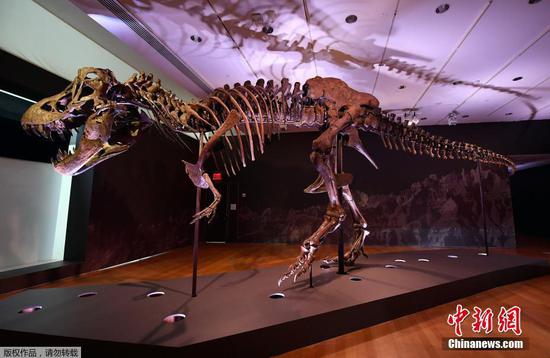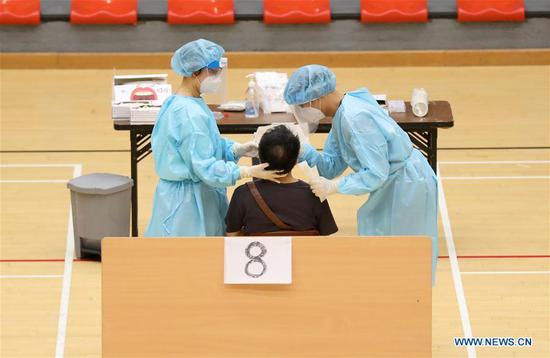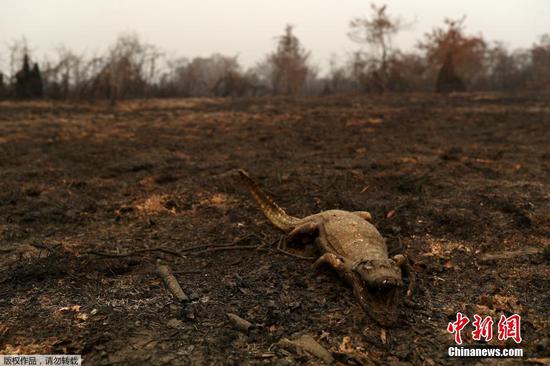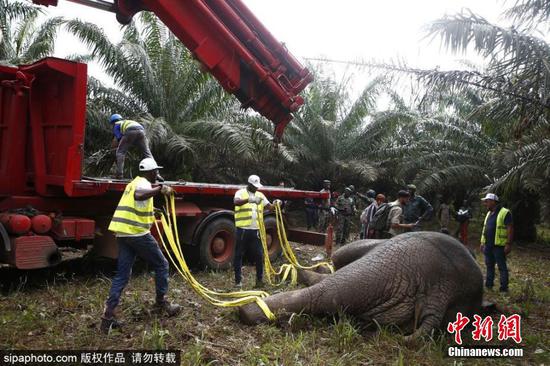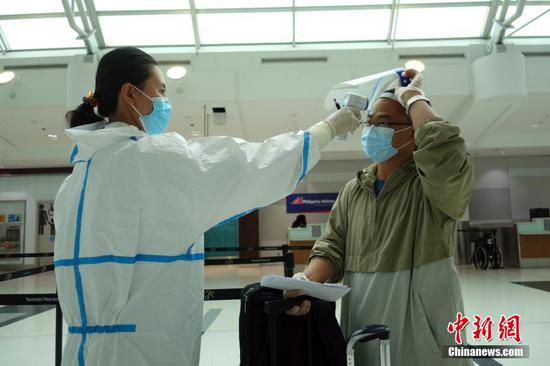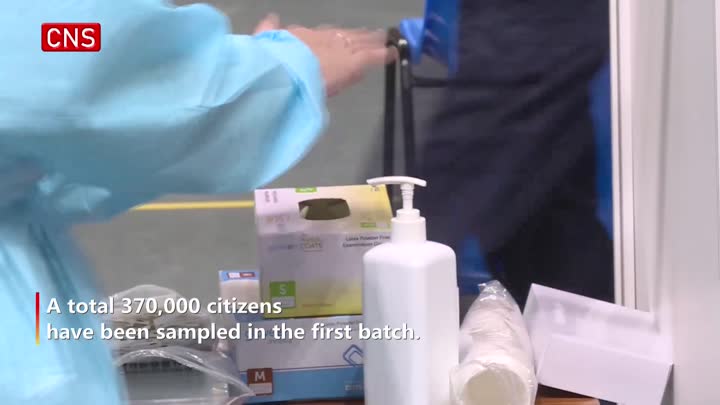
A medical worker collects a swab sample to test for COVID-19 at a community nucleic acid testing site in Ruili, Yunnan province on Sept 15, 2020. (Photo/Xinhua)
Doctor warns pandemic may persist until winter or even spring next year
Experts have reiterated the importance of staying highly alert for a possible second COVID-19 epidemic in China, since such outbreaks have been going on for weeks in some European countries.
"The pandemic will linger for at least another year before vaccines are available," said Zhang Wenhong, leader of the Shanghai team of experts in the clinical treatment of novel coronavirus pneumonia cases.
The China solution will be to ensure 100 percent medical quarantine for confirmed and suspected cases with full support of the public to control a possible second wave.
"If not, the number of cases will climb to form an exponential curve," Zhang-who is also director of the department of infectious diseases at Shanghai Huashan Hospital Affiliated with Fudan University-said at a public health forum at Shanghai Jiao Tong University on Sunday.
Zhong Nanshan, a leading respiratory disease expert and recipient of the Medal of the Republic for his contribution to the national epidemic control, also said that the pandemic may persist until winter or even spring next year.
"Chances are that disease clusters will happen in some areas at home and abroad," Zhong said, adding that measures, including community epidemic control, nucleic acid tests among community residents, tracing close contacts and strict quarantine implementation for asymptomatic cases, should follow.
He made the remarks via video at a global science and healthcare subforum of the Zhongguancun Forum in Beijing on Friday.
China is still under threat of imported cases, Zhang said.
The national expert team is being dispatched to various provinces and municipalities these days to examine and supervise local prevention and treatment efforts of infectious diseases, and thus cut off imported cases from any possible domestic links that could trigger a disease outbreak locally, he said.
It will still be at least a year before highly anticipated novel coronavirus vaccines are available to the public as the world's public health experts forecast that the vaccines will be first deployed in mid-2021 based on optimistic estimates and international collaboration.
Zhang explained that after the research and development phase, it takes time to get the vaccines ready for mass production and build supply chains for sales.
It is clear that many Western countries are waiting for the debut of the vaccines, which will protect vulnerable individuals-mainly the elderly-and bring down the global mortality rate caused by the disease, Zhang said.
"With the mass distribution of vaccines, the mortality rate of COVID-19 will eventually decrease to the same level as a regular flu, which is lower than 0.5 percent," he said.
There are 182 COVID-19 vaccine candidates under research and development worldwide. Thirtysix of these have entered clinical trial phases, including nine undergoing Phase 3 trials, according to the World Health Organization.














